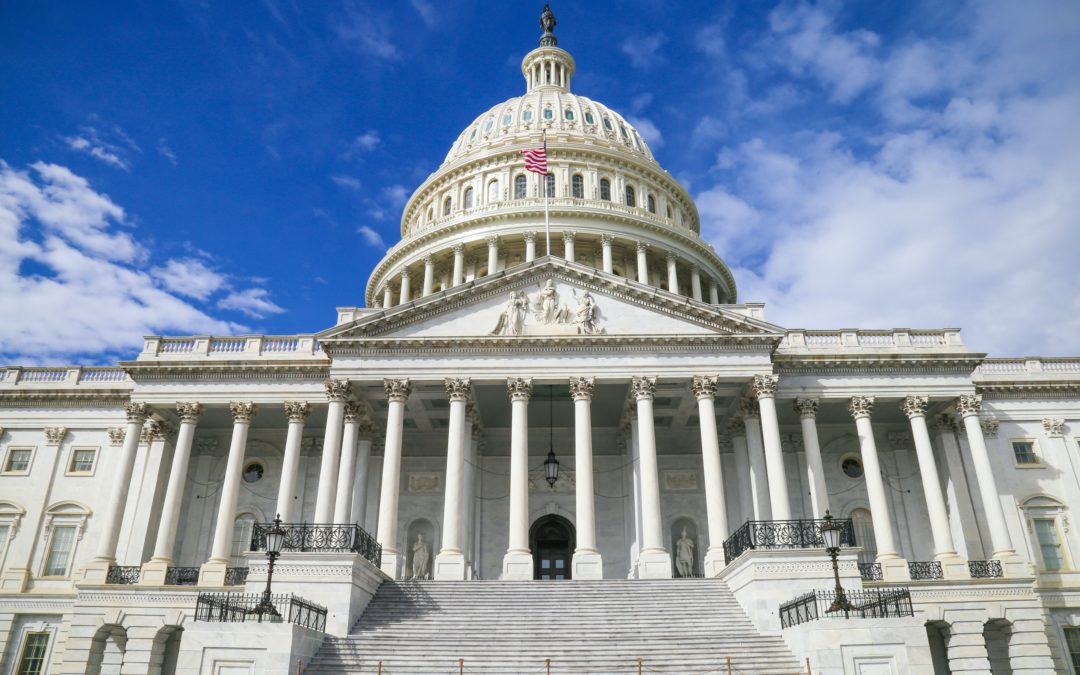On August 7, 2022 the United States Senate approved the Inflation Reduction Act (IRA). It is anticipated to pass the House of Representatives and be signed into law in the near-term future.
The IRA allocates more than $369 billion for climate change and clean energy investments. Of that amount, approximately $40 billion, will go to the USDA for climate-smart agriculture programs, biofuel development, forest restoration work, renewable energy tax credits, conservation technical assistance and rural electric cooperative carbon capture and storage and resilience projects.
While many details of the allocation and expenditure of these funds remain unclear, the IRA gives us some guidance as to how these funds will be deployed and the technologies that will benefit from this injection of cash.
Climate-smart agriculture and resilience
The IRA provides $19.9 billion for implementation of conservation practices on farms, ranches, orchards, and forests across the country including practices that promote drought resilience in the West through river restoration projects, habitat restoration, and irrigation management and efficiency.
Based on a one-page description, the allocated funds will supplement existing agricultural conservation programs currently oversubscribed by as much as 3 to 1. The funds will be used to help farmers and ranchers implement and expand conservation practices that reduce potent greenhouse gases like methane and increase storage of carbon in their soil and trees and incentivize sustainable practices — like optimizing fertilizer use and expanding cover crops. An ancillary goal of the allocations is to improve farmer profitability from adoption of sustainable land management practices.
$8.45 billion of the $19.9 billion in new funds will be allocated to the Environmental Quality Incentives Program, which provides important technical assistance to farmers targeted toward sustainable practices that reduce greenhouse gas emissions.
The Environmental Quality Incentives Program (EQIP) is a voluntary conservation program that offers farmers and ranchers financial cost-share and technical assistance to implement conservation practices on working agricultural land. Examples of EQIP special initiatives available for funding include transitioning to organic production, using cover crops, promoting soil carbon amendments, prescribed grazing, nutrient management, and many others. The practices eligible for funding under the EQIP include many practices promoted by iSelect portfolio companies. The full list is available at the USDA website.
The IRA also provides $3.25 billion annually for the Conservation Stewardship Program and $1.3 billion annually for climate-focused technical assistance.
“The Conservation Stewardship Program (CSP) is a comprehensive initiative focused on protecting the natural resources connected with agricultural lands and practices. The CSP provides financial and technical incentives for farmers to begin new conservation activities in addition to maintaining their existing conservation efforts. It is awarded based on a point-system for a farm’s utilization of specified ecological techniques. High-scorers “win” a five-year contract during which they receive payment for conservation practices. Conservation activities that are rewarded by the CSP include everything from building natural buffers around waterways to establishing pollinator habitat improving cover crop rotation.”
There are many details to be resolved with respect to the funding, awards and distribution of these newly allocated funds. iSelect is watching this closely and anticipates that there will be a myriad of benefits to our portfolio companies and the farmers who buy their products.





